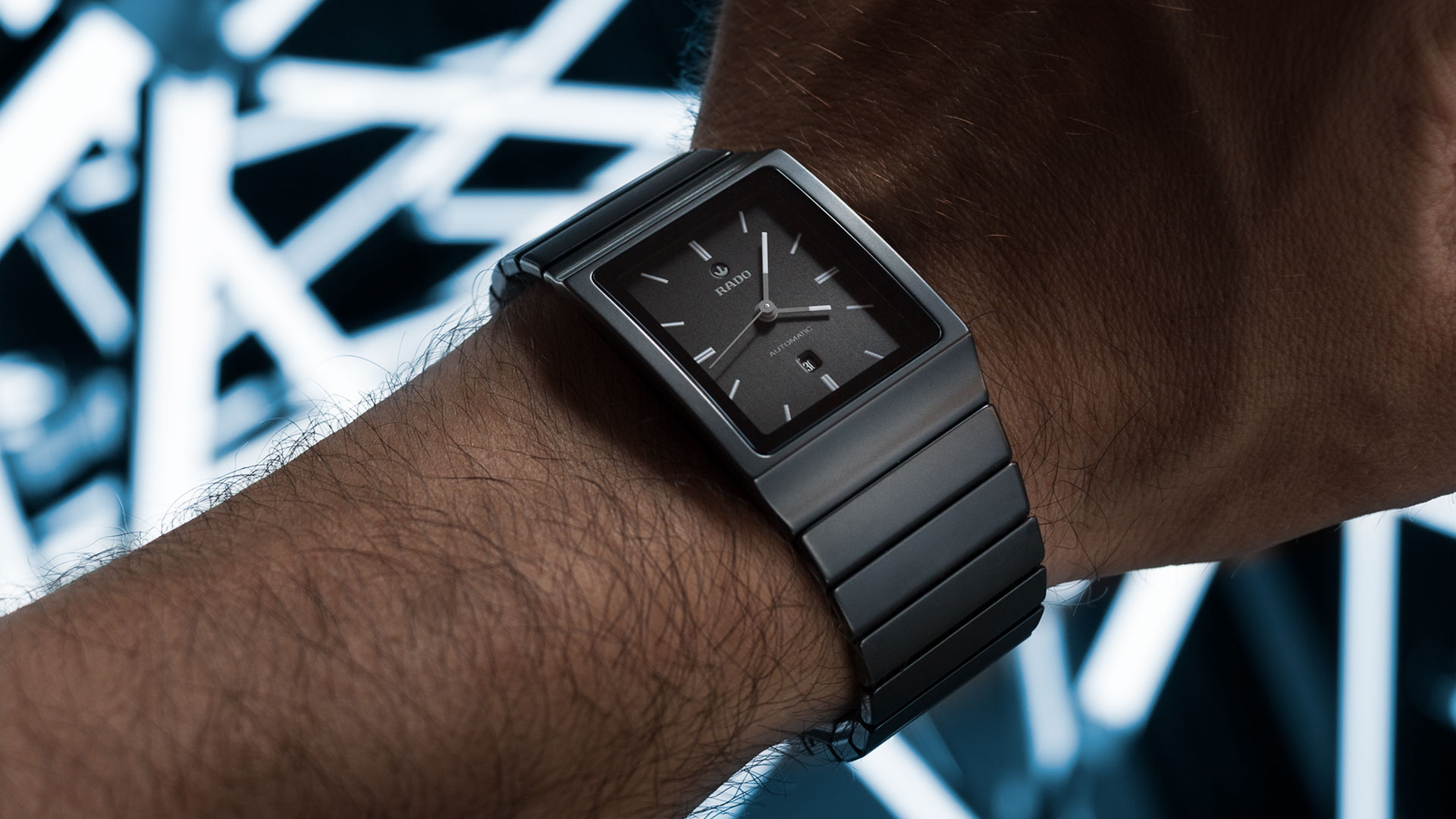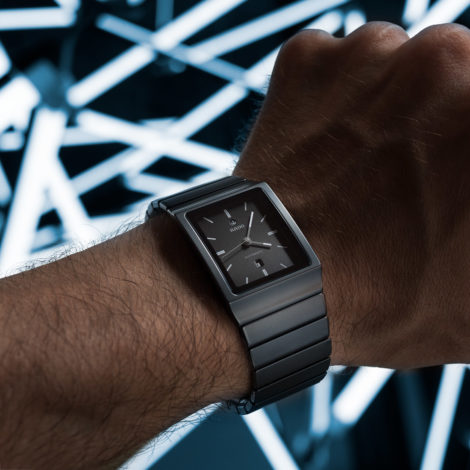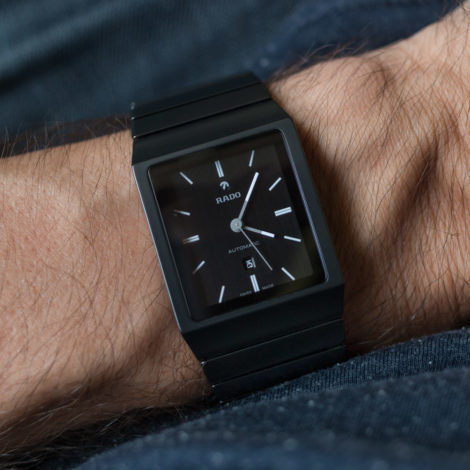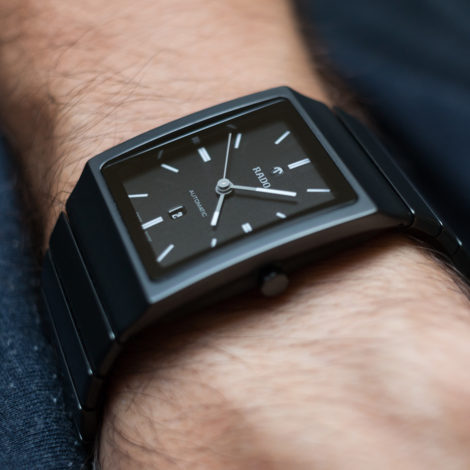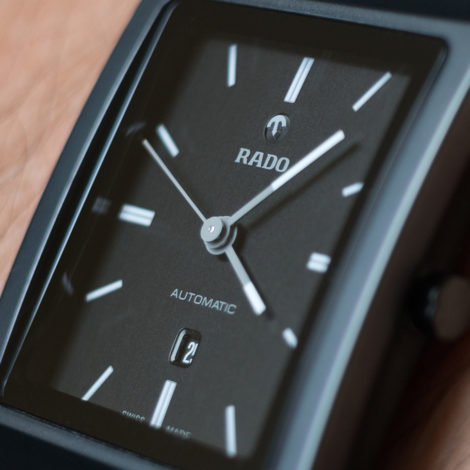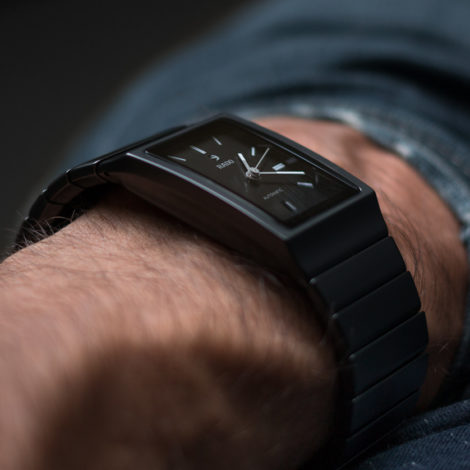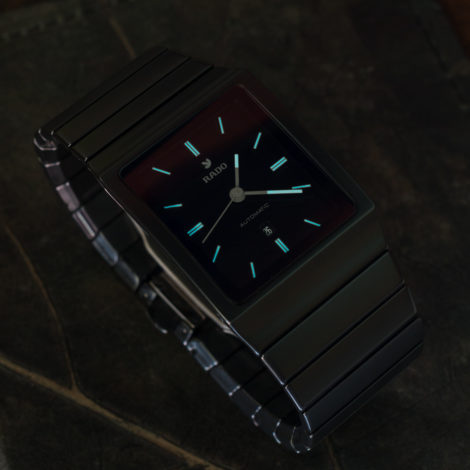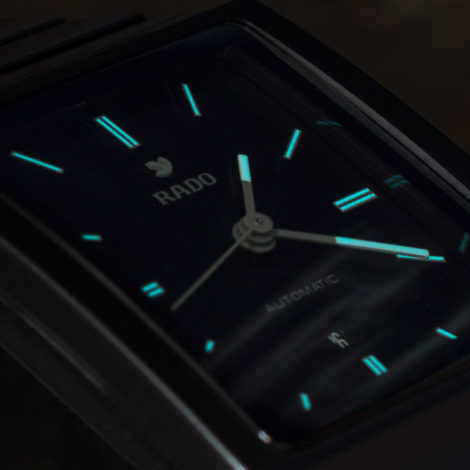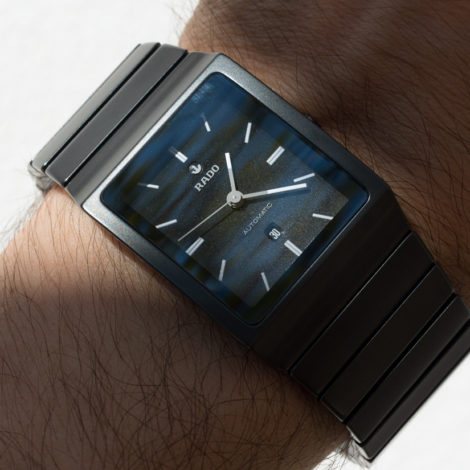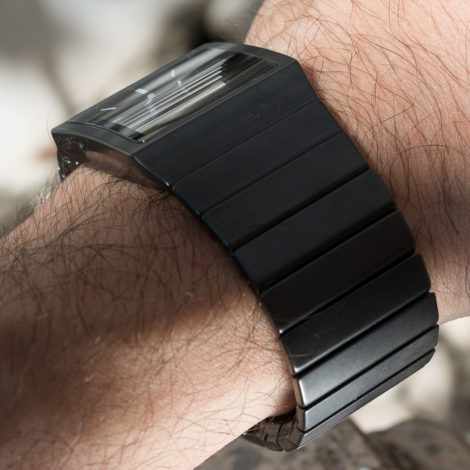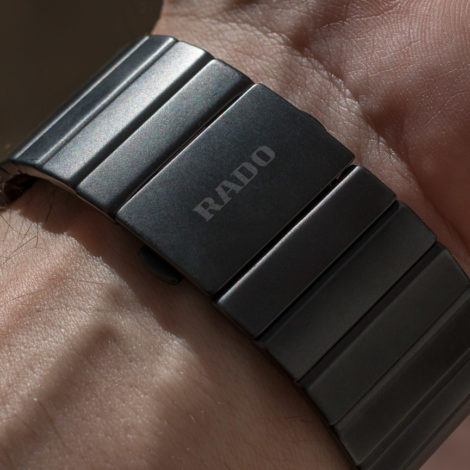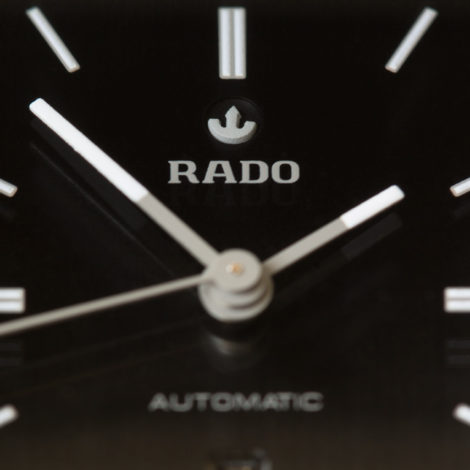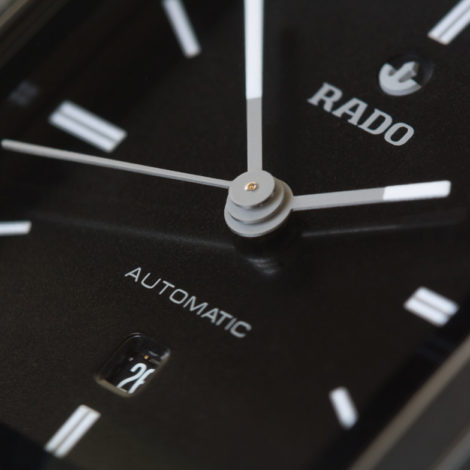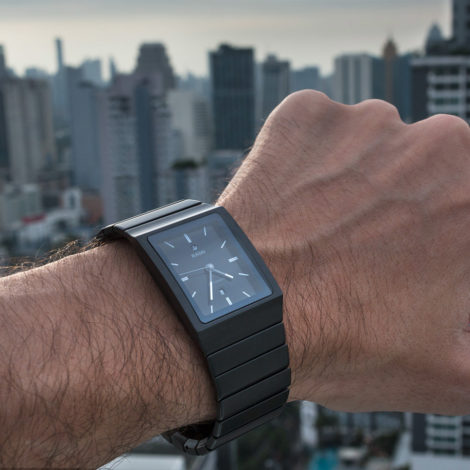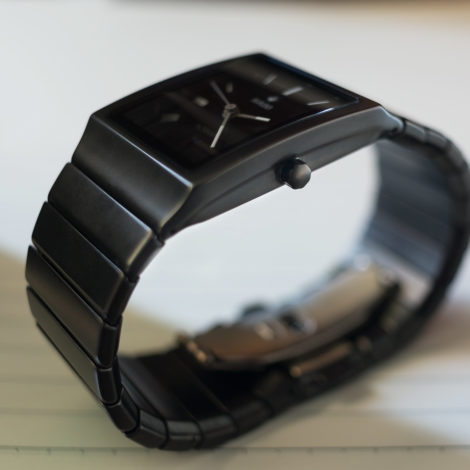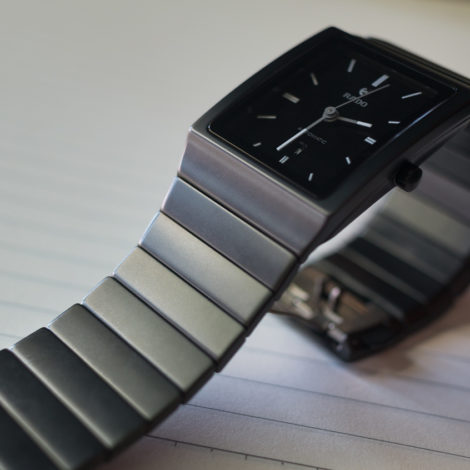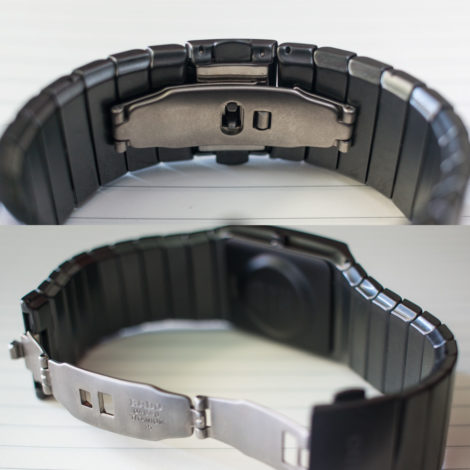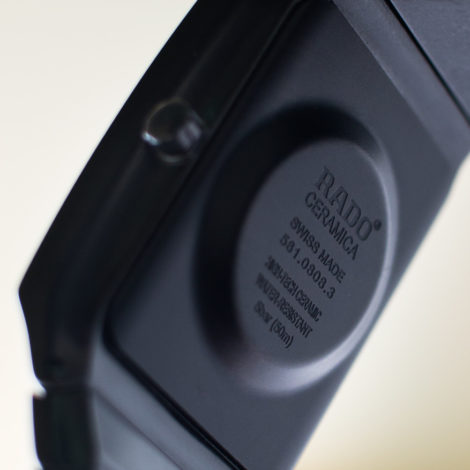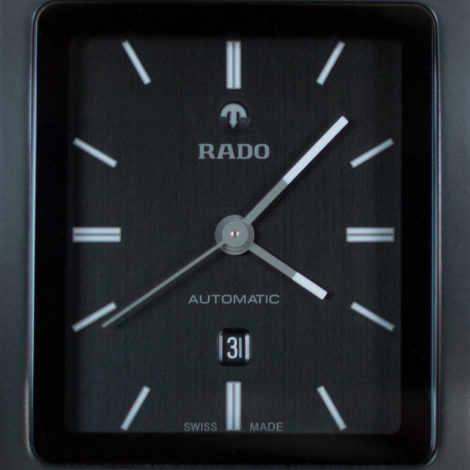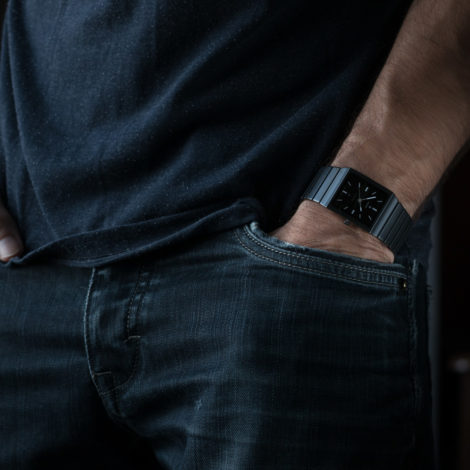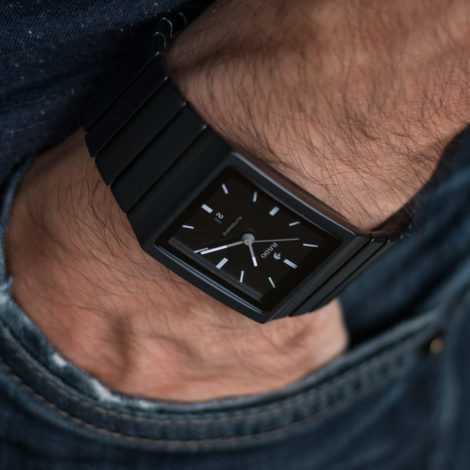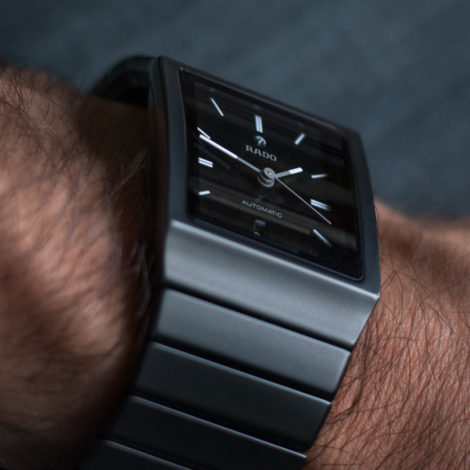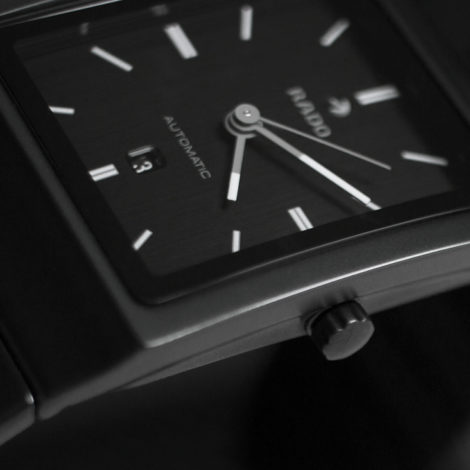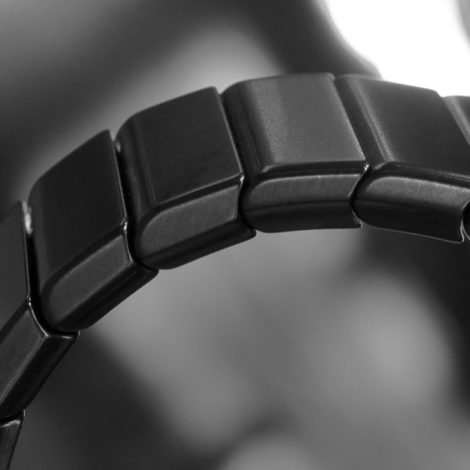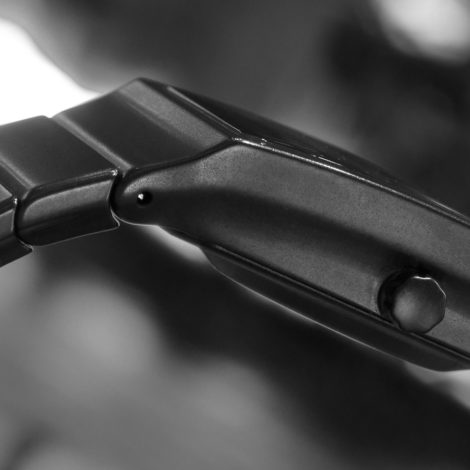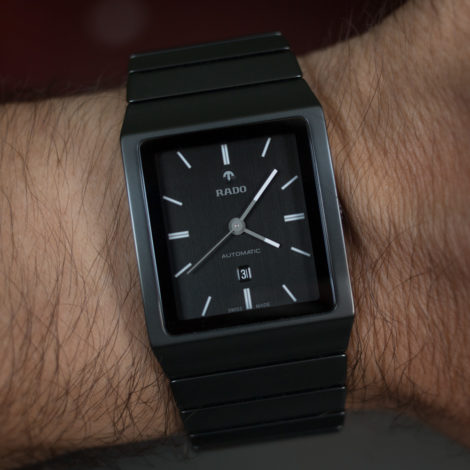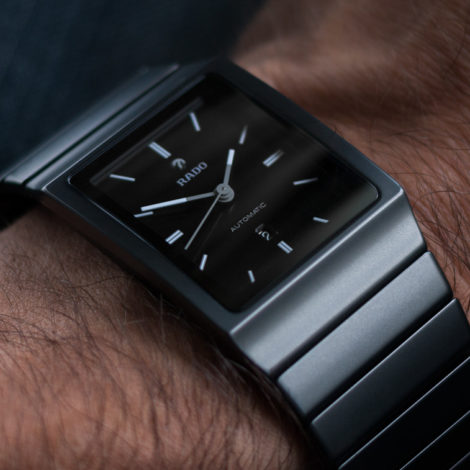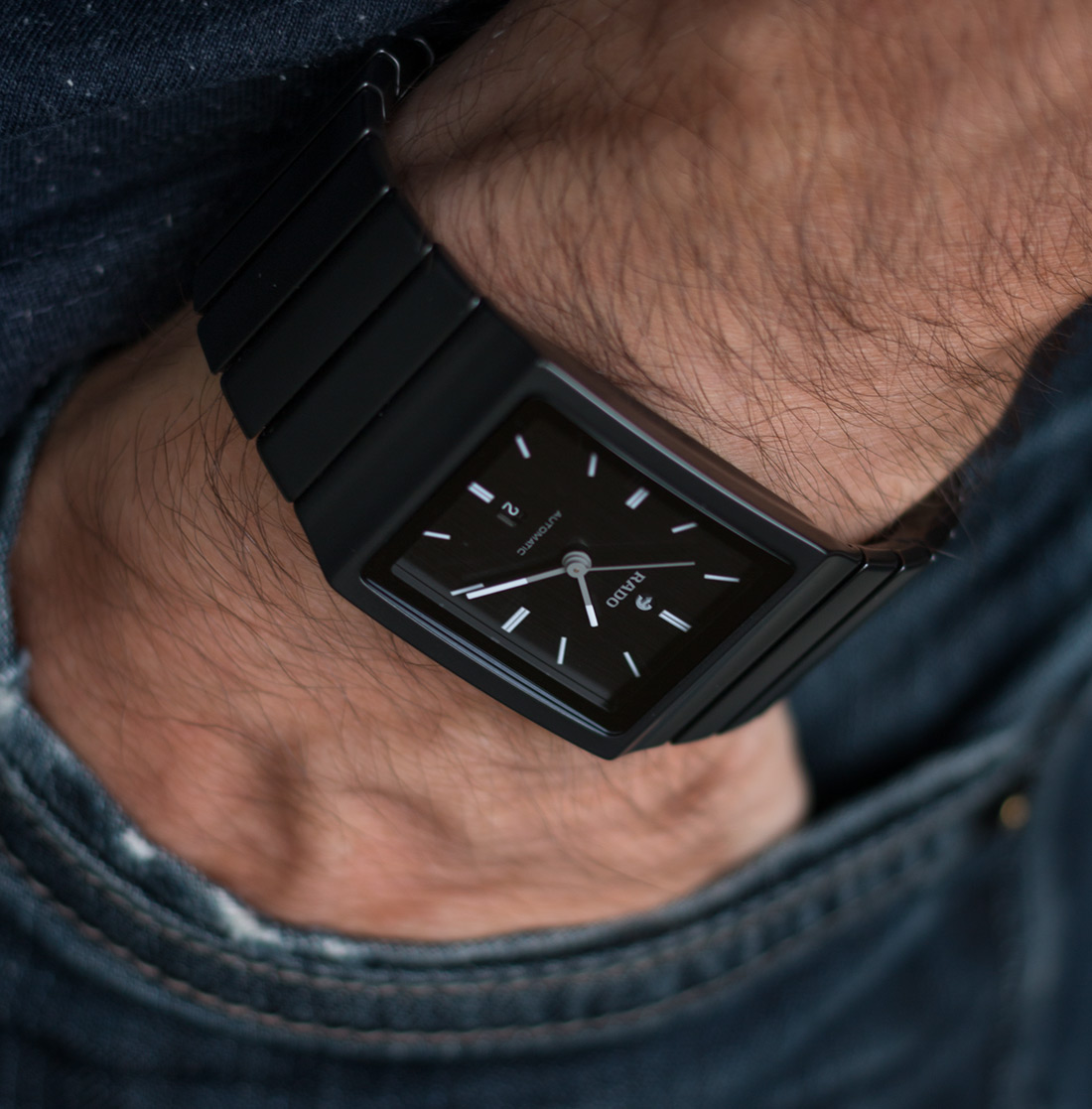
Quirk #3 is of a more objective nature, and it is the teeny-tiny, fiddly crown. This seems like it belongs on a ladies’ quartz watch and is something I feel should simply be fixed for future releases. It is so small one essentially needs to use one’s fingernails to grab it, and then it’s arduous if not impossible to manually wind it to its full capacity—and that is something I like to do, even with automatic watches. With the Three Quirks out of the way, we can move on, but I will first note that while all are notable, none were absolute deal-breakers, at least for me.
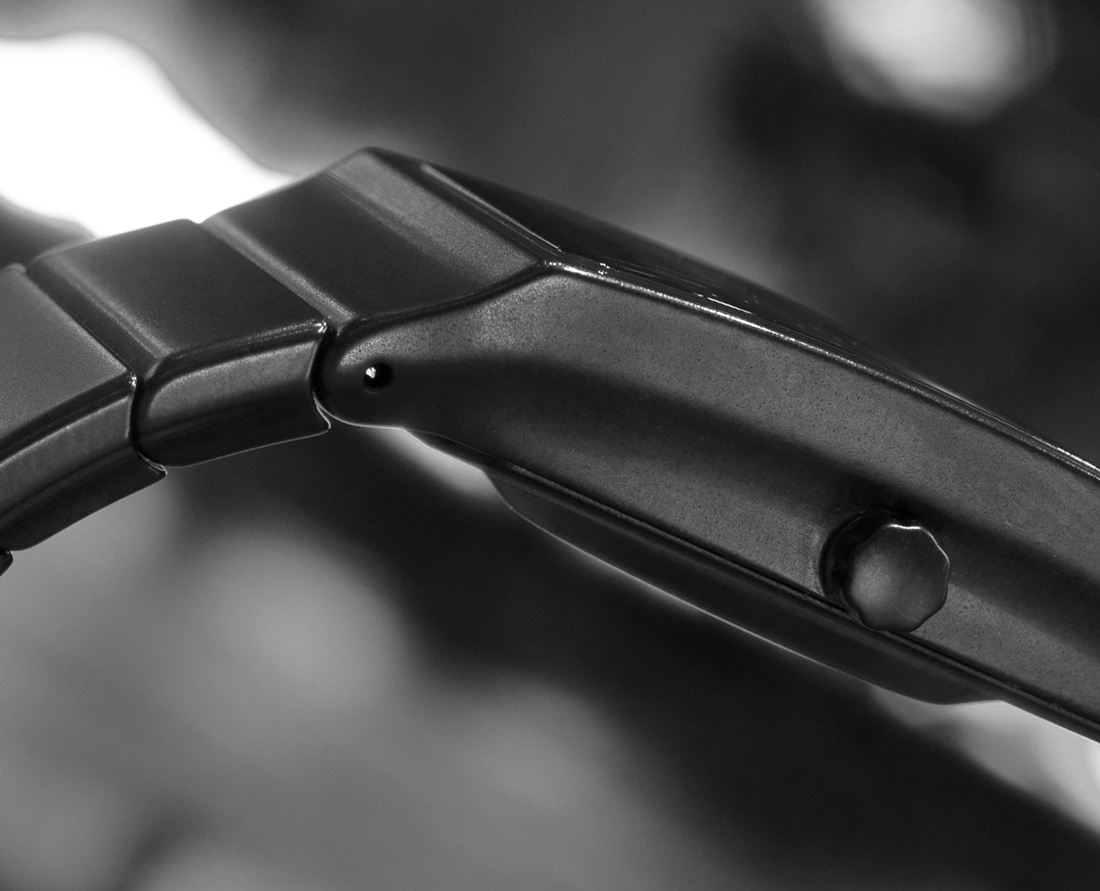
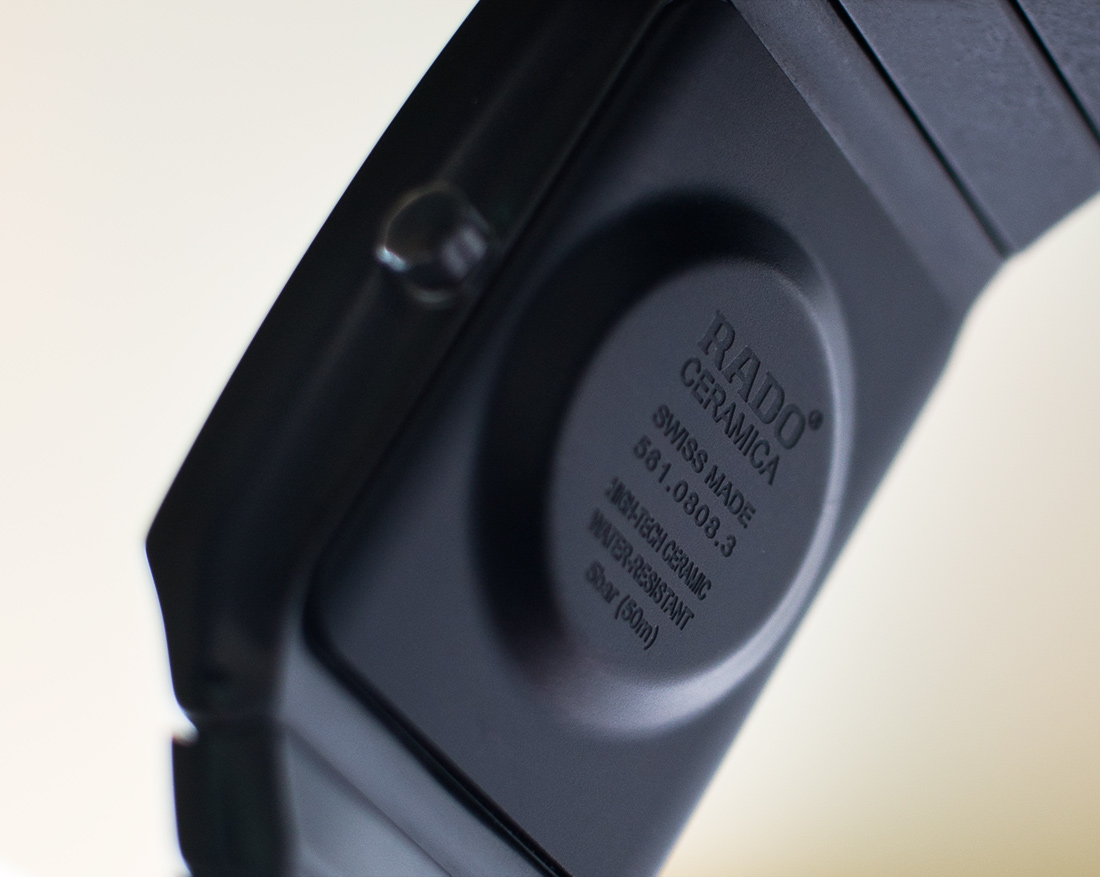
The case’s width probably necessitated the use of the ETA 2671 automatic movement that is only 17.2mm in diameter. Compare that to the common ETA 2824 that is 25.6mm. Otherwise, the 2671 shares a lot of specs with the familiar 2824 including a 4Hz frequency and 38-hour power reserve with central seconds and date. The 2671 is not necessarily a fancy movement, but it at least is a little different from what we are used to seeing. Considering that Rado went through the trouble to make an Automatic version of the Ceramica, it’s too bad they couldn’t include a display caseback to emphasize the point. The round bulge on the caseback gives you a sense of the movement’s actual size—about that of a US dime. It was amusing that a Rado salesperson was unable to tell me how “high-tech ceramic,” as is printed on the caseback, is different from “regular” ceramic.
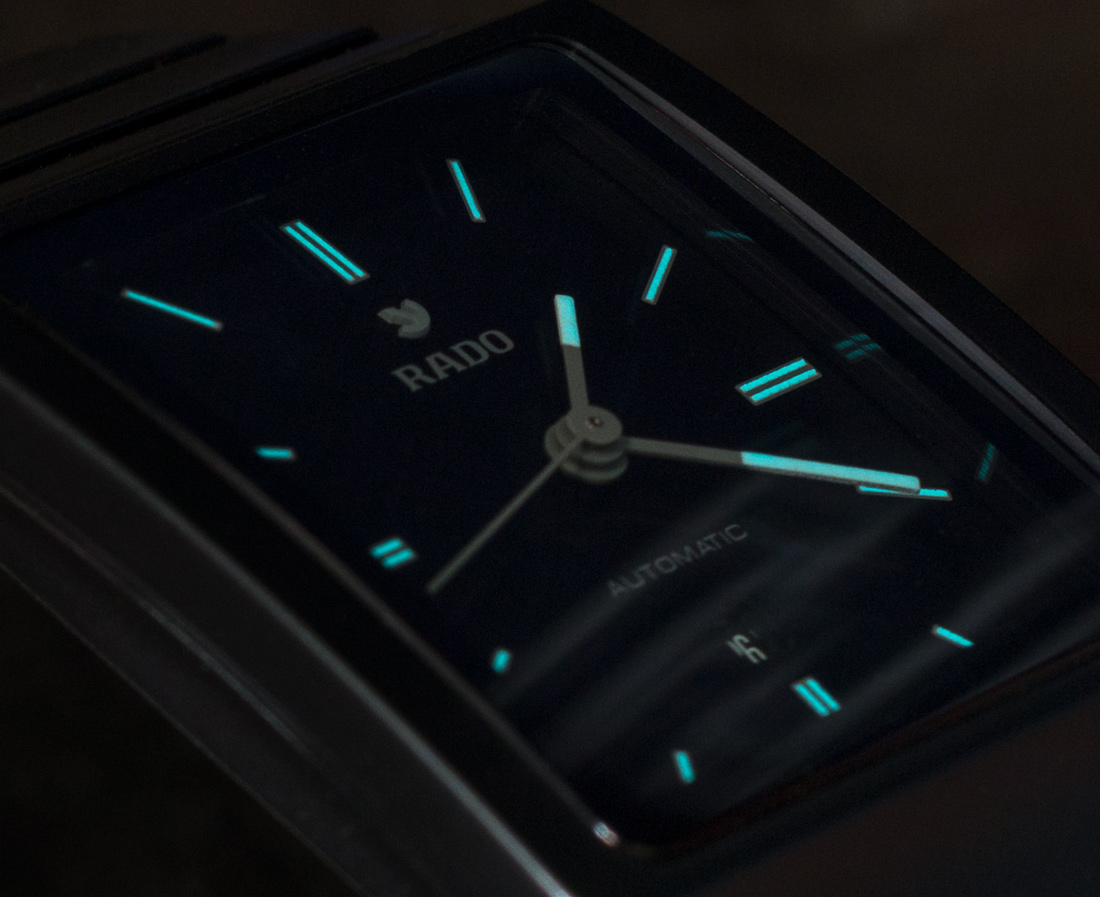

Whatever the terminology, though, it’s a Ceramica so it’s all ceramic from the case to the entire bracelet, and even the itty-bitty crown. Aside from the nice texture I mentioned above, another cool feature of ceramic is that it adapts to the skin’s temperature almost instantly, which improves wearing comfort (it’s also hypoallergenic, if that is relevant to you). Of course, the coolest benefit of ceramic is that, along with the sapphire crystal, it basically means you won’t see any scratches on the watch ever. Though, while it doesn’t happen easily, the well-known Achilles’ heel of ceramic is that it can actually shatter from hard impacts. I’ve seen broken ceramic watch bracelets, and it’s not pretty, but a watch such as this doesn’t pretend to be made to go where G-Shocks go and should be fine under normal circumstances with normal care. A water resistance rating of 50m, though, is at least beyond the bare minimum for modern watches.
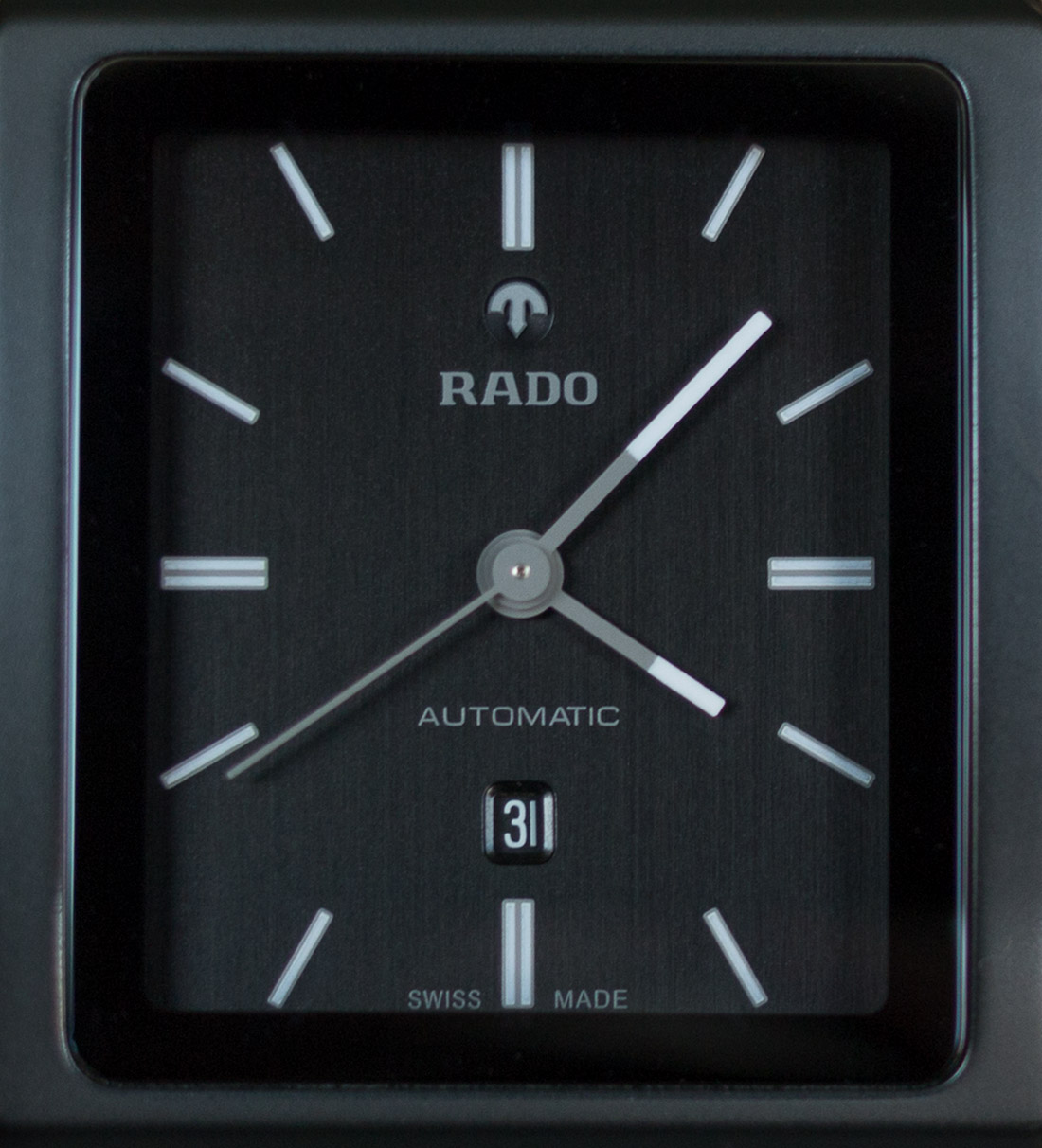
We’ve had many chances to discuss ceramic and its use as a watchmaking material, but you can learn about ceramic in much greater depth in this dedicated article. While the materials used to make ceramic are cheap, the process is expensive—so ceramic is considered a more “premium” material than, say, stainless steel, and it generally costs more. Take the Apple Watch Edition with ceramic as its “luxury statement” material, for example, that costs about twice what the steel version does. At $2,500 retail, the Rado Ceramica Automatic isn’t cheap, but it is priced at the lower end of ceramic mechanical watches from big Swiss brands—many of which do not include a full ceramic bracelet like the Rado does.
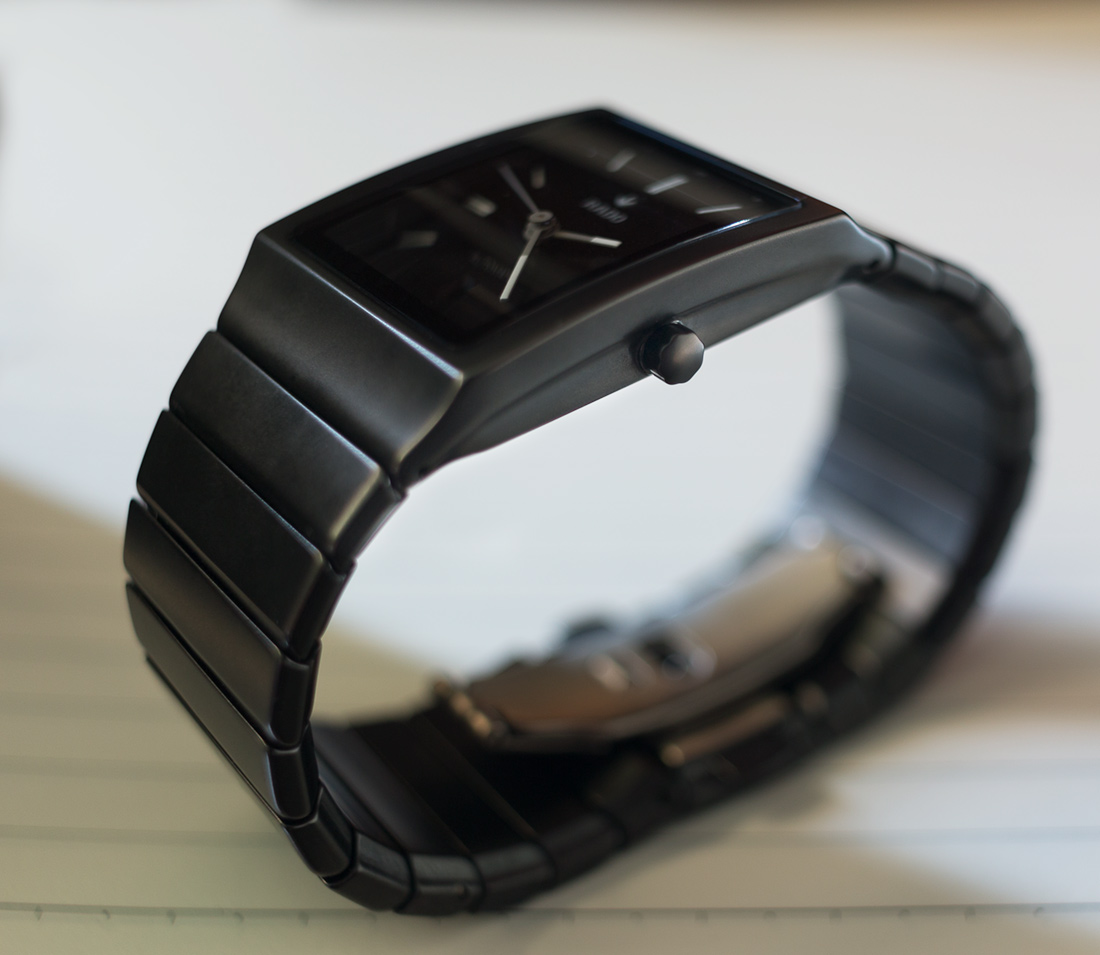
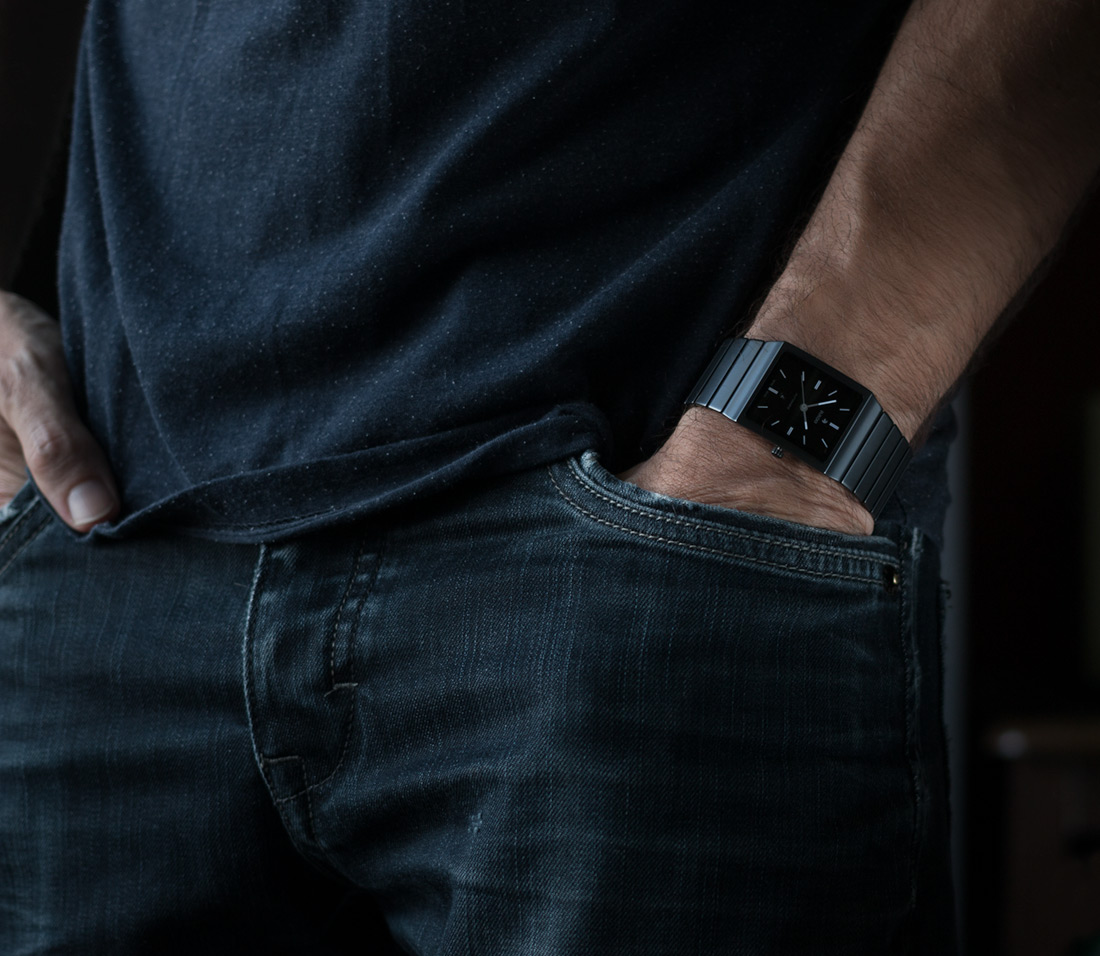
The Rado Ceramica Automatic is like a cool shadow on the wrist, particularly in this deep black finish. With all its unconventionalness and apparent focus on style, it gets something right that so many otherwise great watches don’t; it’s extremely legible despite the very thin hands and stick indices. That is thanks to the high contrast of white against the dark dial with lume that glows minty blue in the dark—though it is not that strong or particularly long-lasting. The same legibility cannot be said of the very small date window, but it’s there when you need it—if you look really close—and making it any larger might have clashed with the rest of the design. Also don’t miss the little anchor above the logo that swings around like a rotor.
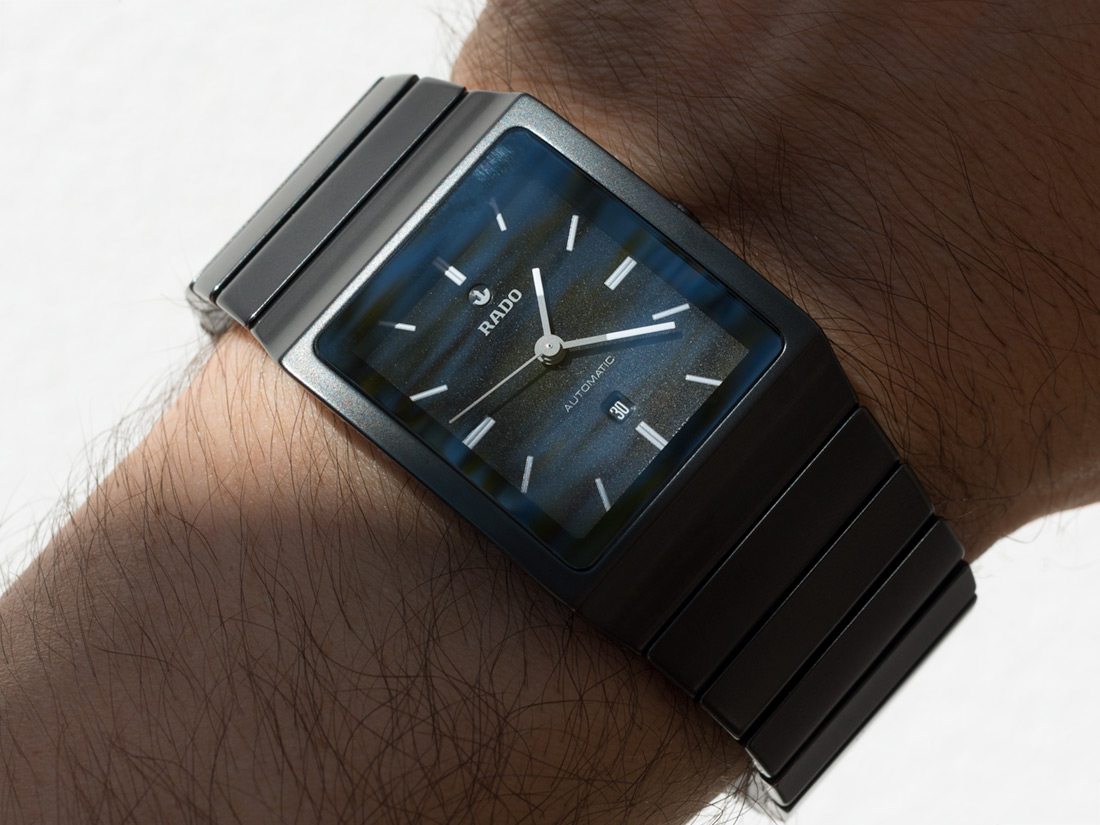
For all its quirks and unconventional looks, at the end of the day the Rado Ceramica felt surprisingly at home on the wrist. What I enjoy most about the Rado Ceramica is its departure from the wearing experience and character of the vast majority of watches I regularly wear. It’s something “different” in more than one way, and it works because it is simple and well-executed. There’s no way around the fact that it will be polarizing, but it’s really meant for watch lovers who like the almost Scandinavian minimalism of its design, the texture, durability, and other properties of ceramic, and who want something understated but unusual. The Rado Ceramica Automatic has a retail price of $2,500. rado.com
Necessary Data
>Brand: Rado
>Model: Ceramica Automatic
>Price: $2,500 USD
>Size: 30mm wide, 41.7mm tall, 12.3mm thick
>Would reviewer personally wear it: Yes.
>Friend we’d recommend it to first: One into design and fashion, but I don’t think this is a requirement.
>Best characteristic of watch: That it’s high-quality and unique but not overly loud about it.
>Worst characteristic of watch: Tiny crown, somewhat awkward buckle.

